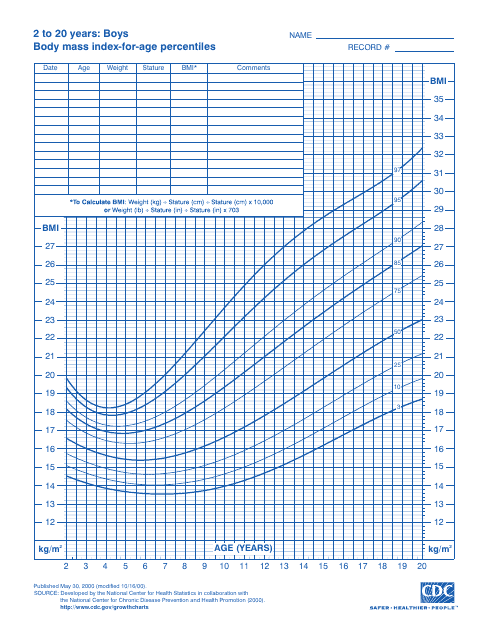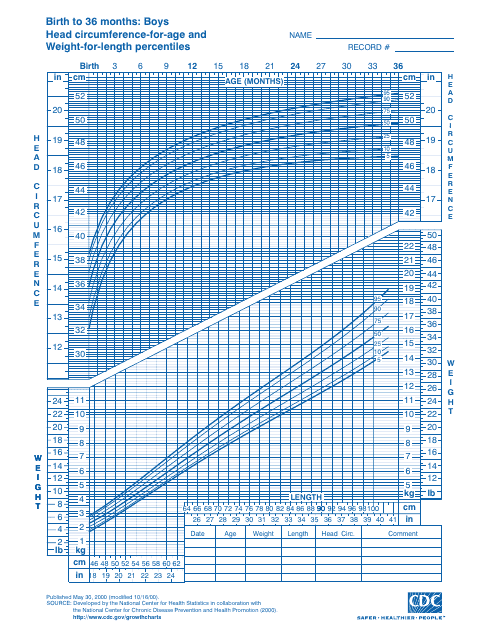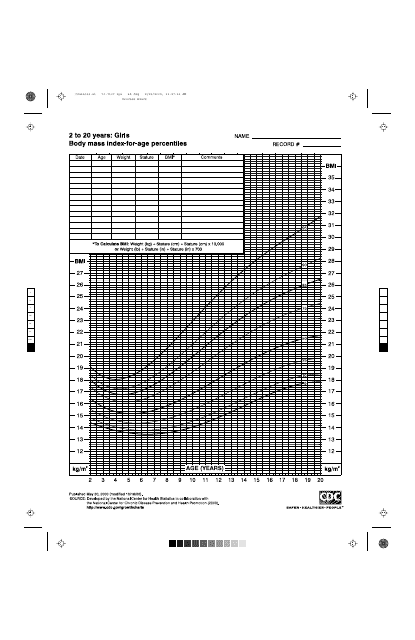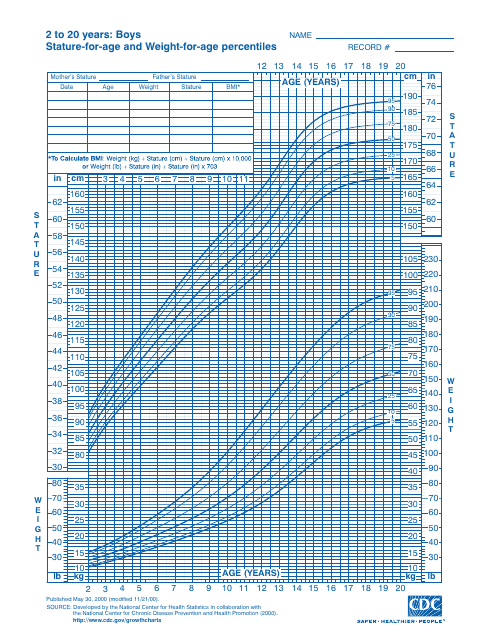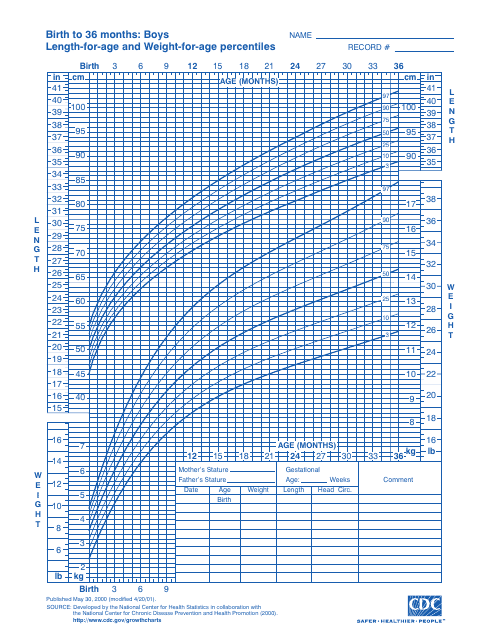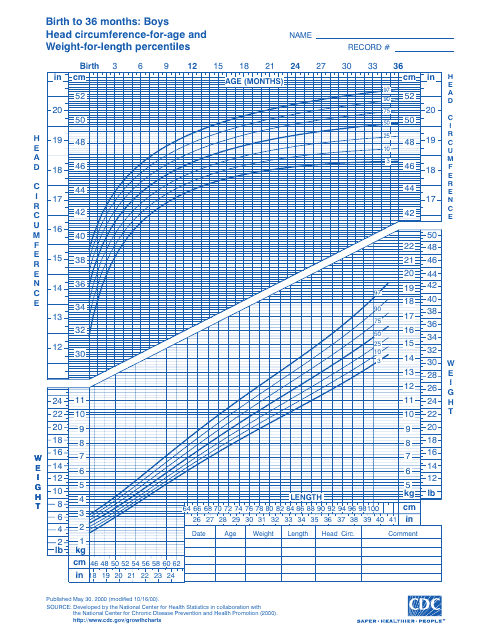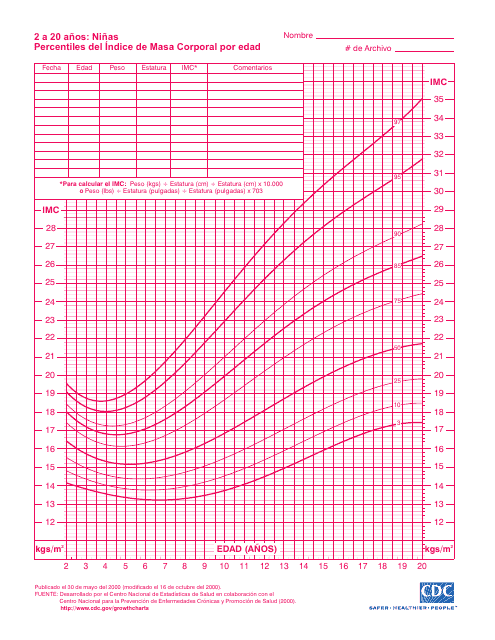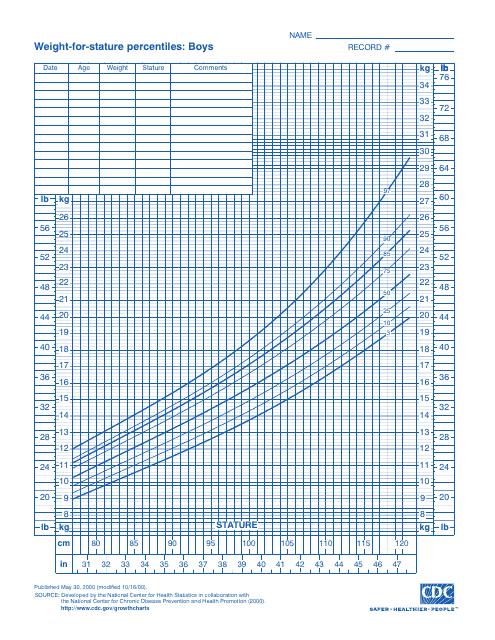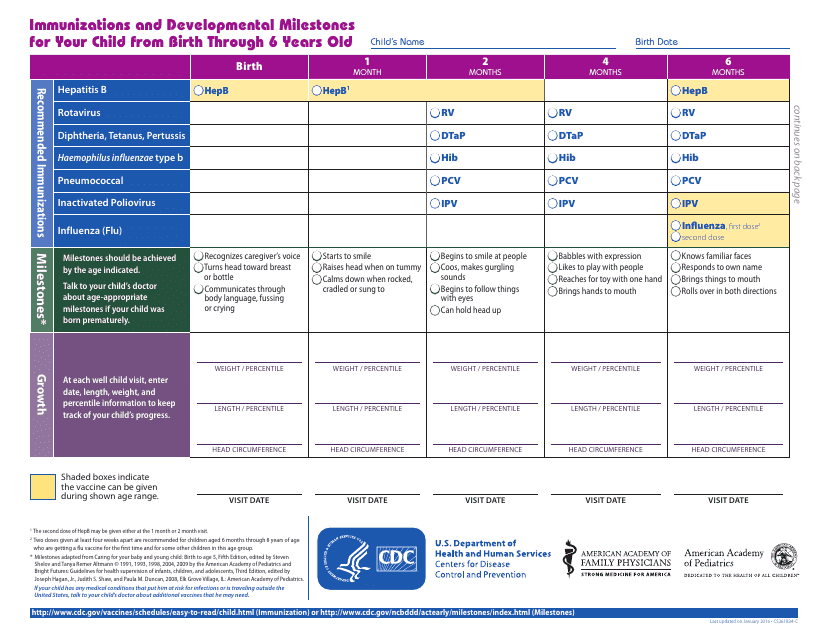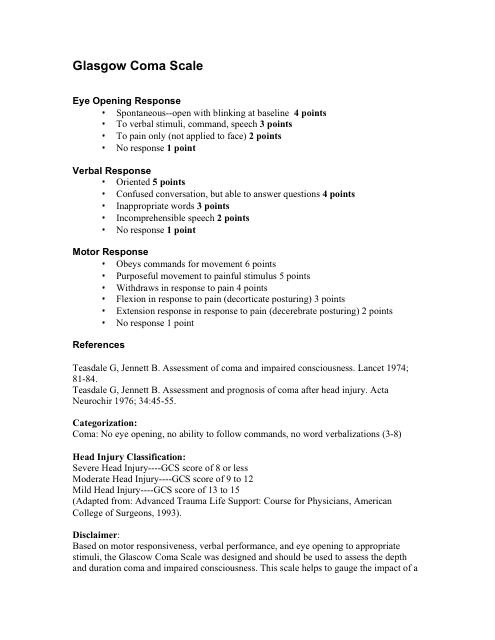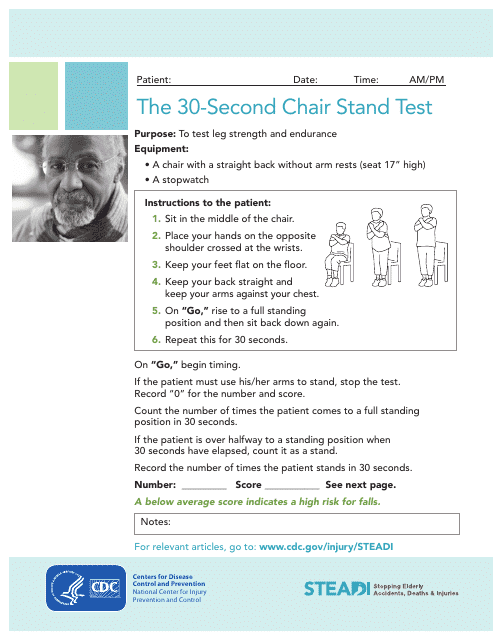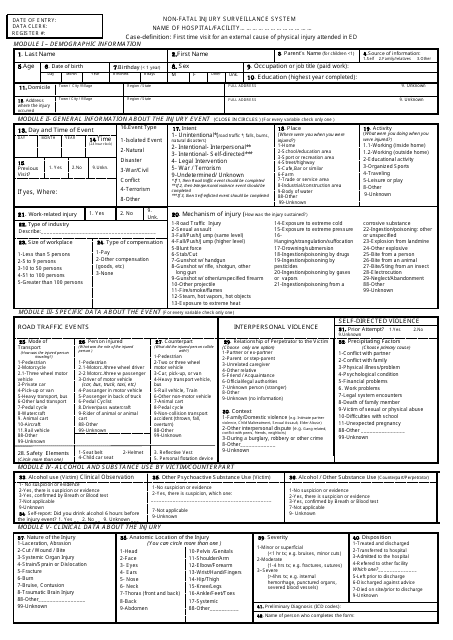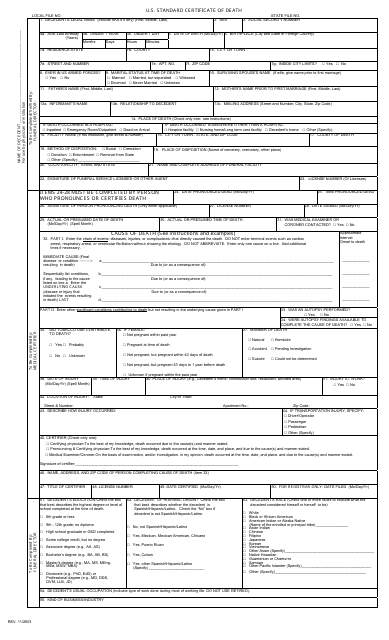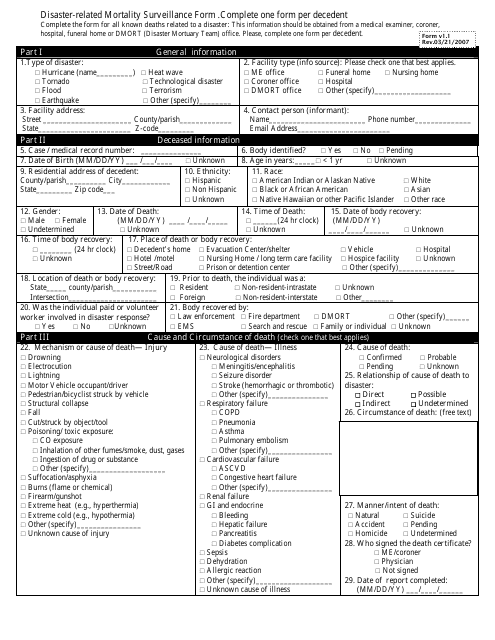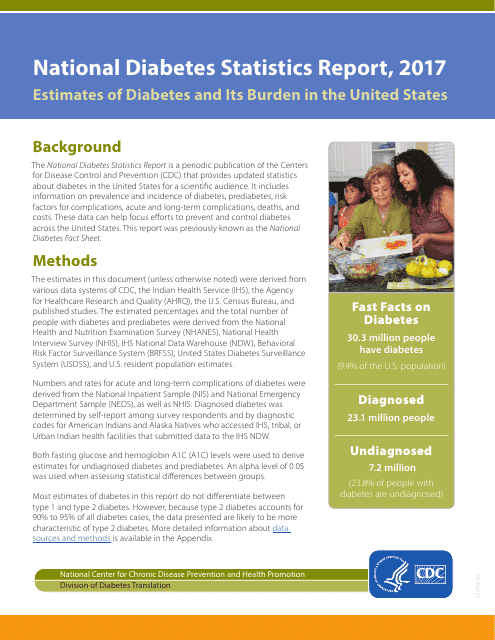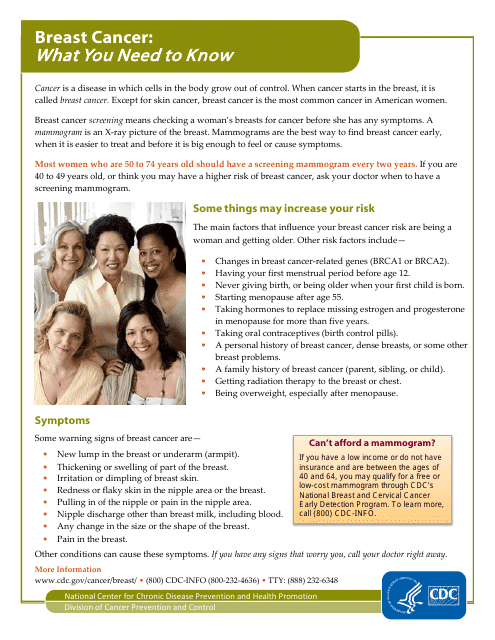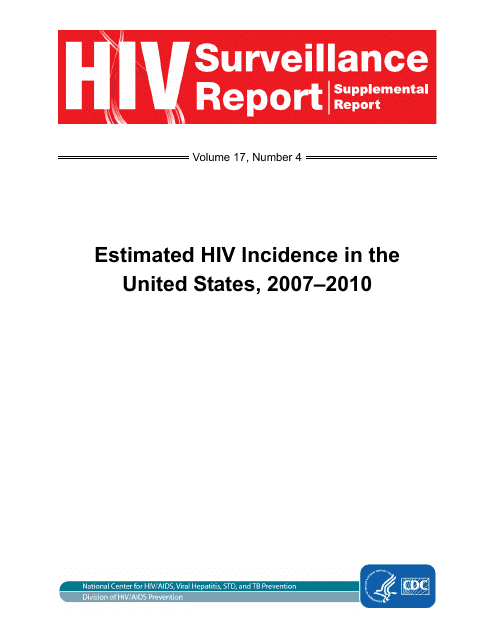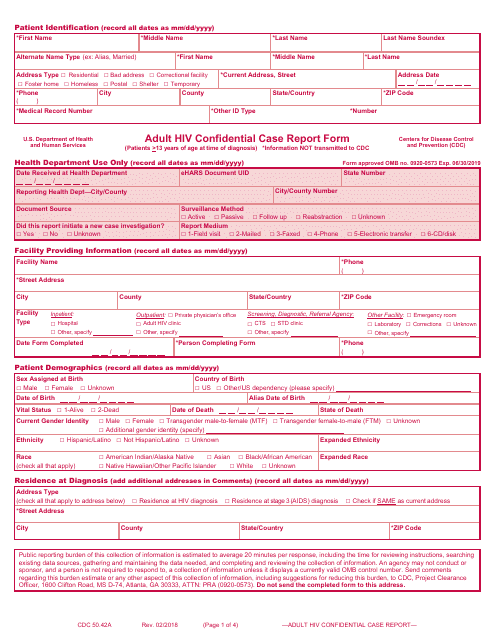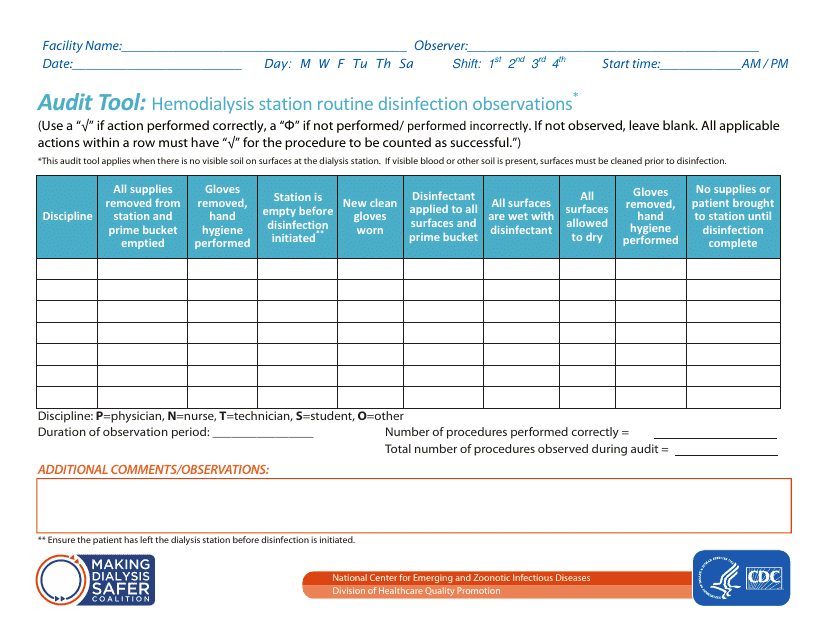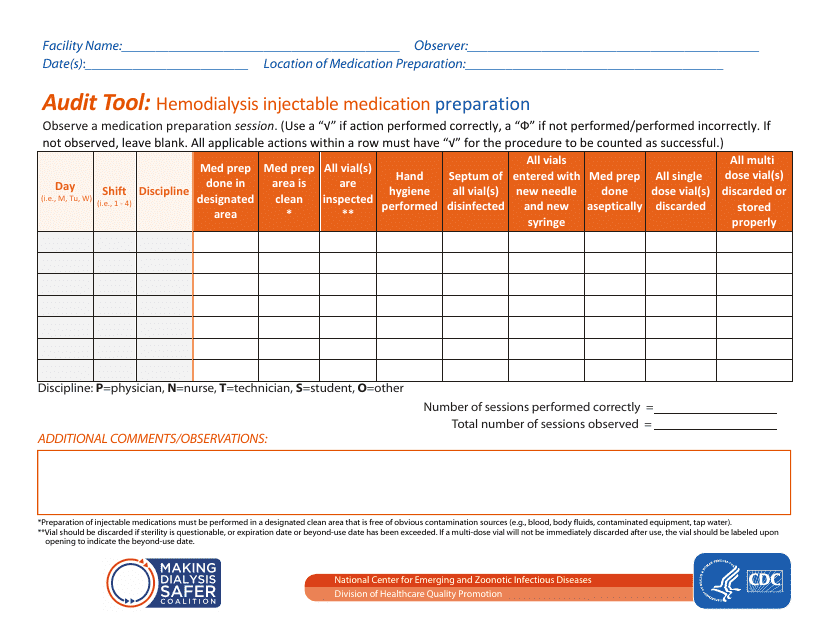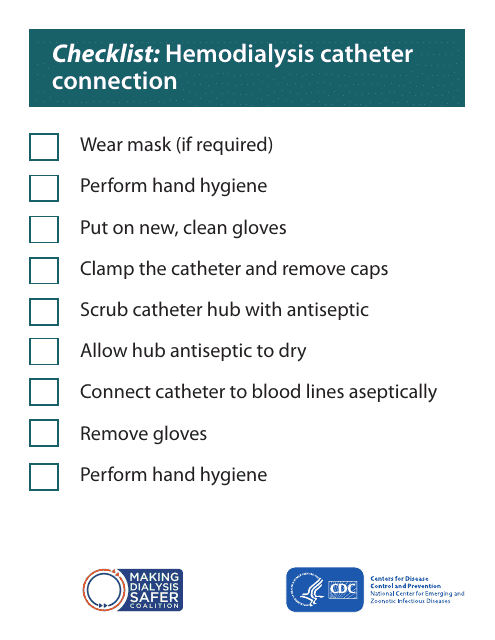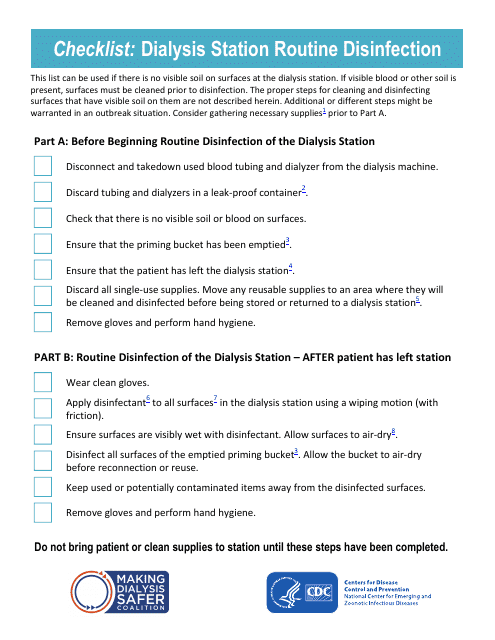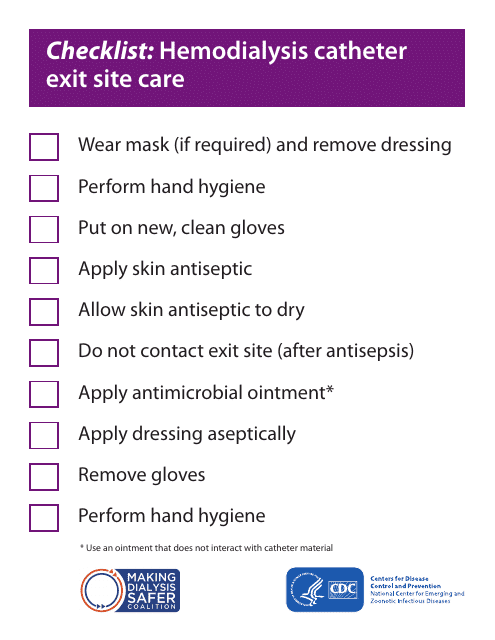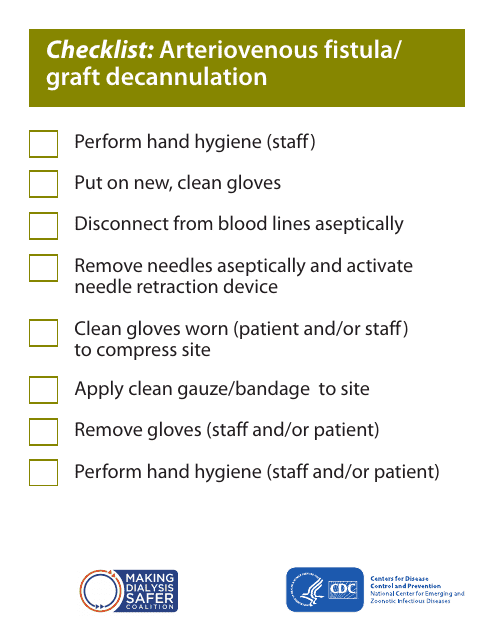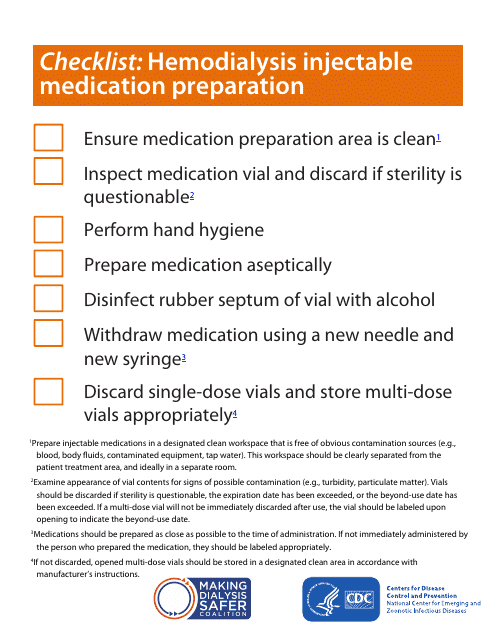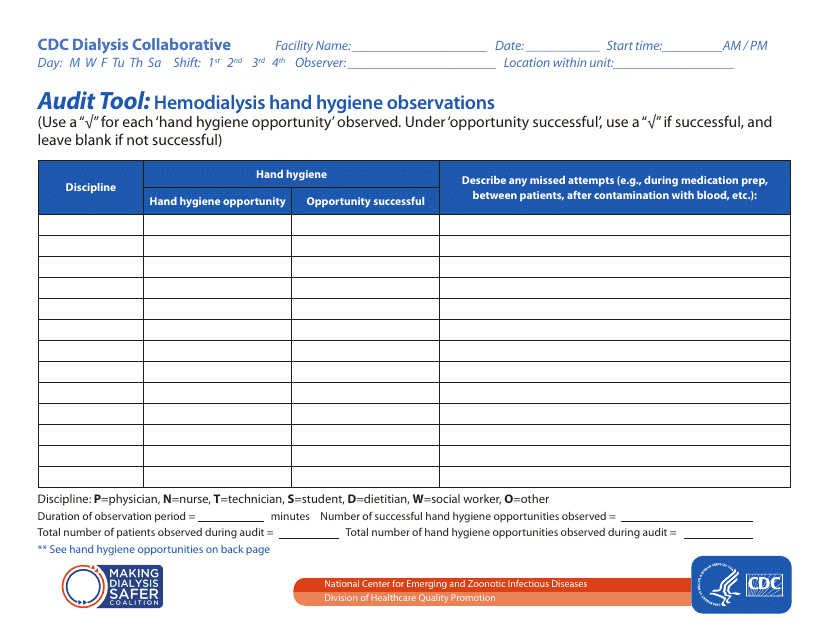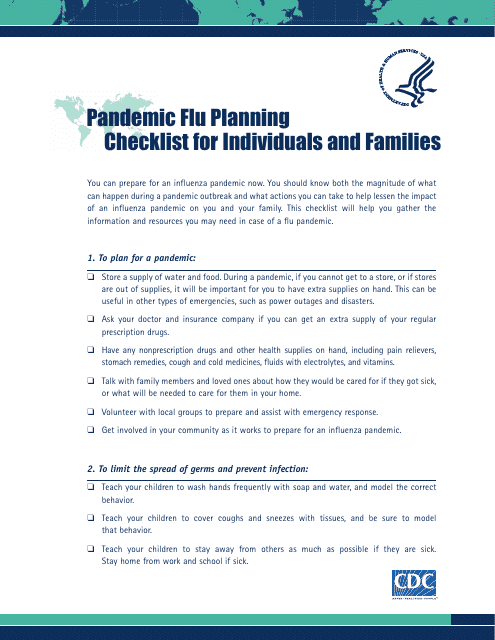U.S. Department of Health and Human Services - Centers for Disease Control and Prevention Forms
The U.S. Department of Health and Human Services (HHS) - Centers for Disease Control and Prevention (CDC) is a federal agency that is responsible for protecting public health and safety in the United States. The CDC works to prevent and control diseases, injuries, and disabilities, as well as to promote health and well-being for all Americans. They provide information, guidance, and resources to healthcare professionals, state and local governments, and the general public to help prevent and respond to public health threats. Their mission is to promote the health and quality of life of individuals and communities across the country.
Documents:
196
This form is used to report cases of tick-borne rickettsial diseases. It helps gather essential information about the individuals affected by these diseases for monitoring and public health purposes.
This document displays the growth chart for boys aged 2 to 20 years. It includes Body Mass Index (BMI) percentiles ranging from the 5th to the 95th percentile.
This document provides a growth chart for girls from birth to 36 months, specifically focusing on head circumference. The chart includes percentile ranges (3rd - 97th) to help track and monitor a child's head growth.
This document provides a growth chart for boys from ages 2 to 20. It includes percentiles for stature (height) and weight, allowing parents and healthcare providers to track a child's growth and compare it to the average.
This document provides a growth chart for boys aged 2 to 20 years, showing the body mass index (BMI) percentiles for their age. The chart ranges from the 3rd percentile to the 97th percentile, helping parents and healthcare professionals monitor a boy's growth and weight.
This document provides a growth chart for boys from birth to 36 months. It includes percentiles for both length-for-age and weight-for-age, ranging from the 5th to the 95th percentile.
This document is a growth chart for boys from birth to 36 months. It includes percentiles for head circumference-for-age and weight-for-length.
This document provides a growth chart for girls aged 2 to 20 years, showing body mass index (BMI) percentiles ranging from the 5th to 95th percentile. It is used to track a girl's growth and determine her BMI compared to other girls her age.
This type of document is a growth chart for boys aged 2 to 20 years. It provides percentiles for both height and weight based on age, ranging from the 5th to the 95th percentile. This chart can be used to monitor a boy's growth and compare it to the average range for his age group.
This document is a growth chart provided by the Centers for Disease Control and Prevention (CDC) in the United States. It is used to track the weight-for-stature percentile of boys between the ages of 2 and 20. The chart provides percentiles ranging from the 5th to the 95th, helping to assess a child's growth and development.
This form is used for tracking the growth of boys from birth to 36 months. It provides percentiles for length-for-age and weight-for-age to help monitor a child's development.
This document provides a growth chart for boys from birth to 36 months, showing the percentiles for head circumference and weight-for-length. It helps track a child's growth and development.
This document provides percentile charts for girls' body mass index (BMI) by age, from 2 to 20 years old.
This document is a growth chart for boys that shows the weight-for-stature percentiles ranging from the 3rd to the 97th percentile.
This document provides the recommended immunization schedules for children and adolescents from birth to 18 years of age. It outlines the necessary vaccines and the timing for receiving them to protect against various diseases.
This document provides information on immunizations and developmental milestones for children from birth through 6 years old.
This type of document is a test that measures leg strength and overall fitness. It involves repeatedly standing up from a chair in 30 seconds.
This Form is used for recording non-fatal injuries and data collection purposes in the Non-fatal Injury Surveillance System.
This document is used to certify the death of an individual and provide details about the cause and circumstances of their death. It is an important record for legal, medical, and statistical purposes.
This form is used for reporting additional information regarding Swine Influenza cases among healthcare workers.
This form is used for tracking and reporting mortality rates during and after a disaster. It helps in monitoring the impact of a disaster on human life and informs future disaster response efforts.
This document provides the latest statistics and data on diabetes in the United States, including prevalence, risk factors, and complications. It offers valuable information for healthcare professionals, policymakers, and individuals concerned about diabetes.
This document provides essential information on breast cancer, including its causes, symptoms, diagnosis, and treatment options. It is a valuable resource for understanding this prevalent disease.
This document provides estimated HIV incidence rates in the United States from 2007 to 2010.
This Form is used for reporting confidential HIV cases for adults.
This document is an audit tool for observing and recording the care of catheter exit sites. It is used to ensure proper care and maintenance of catheters to prevent infection.
This type of document is used for conducting routine disinfection observations of hemodialysis stations in a healthcare setting.
This document is an audit tool used to ensure proper preparation of injectable medications for hemodialysis. It helps to maintain safety and accuracy in the medication preparation process.
This document is a checklist for ensuring proper connection of a hemodialysis catheter. It provides steps and guidelines to follow to ensure a secure and proper connection.
This checklist provides a step-by-step guide for healthcare professionals to ensure proper disconnection of a hemodialysis catheter.
This document provides a checklist for the routine disinfection of a dialysis station. It includes step-by-step instructions for cleaning and sanitizing the equipment and surfaces to ensure a safe and sterile environment for dialysis patients.
This document provides a checklist for the proper care of the exit site of a hemodialysis catheter. It outlines the step-by-step process to ensure cleanliness and prevent infection.
This document provides a checklist for decannulation of an arteriovenous fistula or graft, which is a surgical procedure to remove the tube connecting an artery and a vein used for dialysis.
This form is used for ensuring the safe and proper administration of injections by healthcare providers.
This checklist is used for ensuring the proper preparation of injectable medications used in hemodialysis.
This document is an audit tool used to record observations related to the cannulation of arteriovenous fistulas or grafts. It helps ensure proper and safe cannulation procedure.
This checklist is used to guide healthcare professionals in the cannulation process for an arteriovenous fistula or graft. It ensures the proper steps are followed to access the blood vessels for hemodialysis.
This tool is used for conducting audits of hand hygiene practices in the context of hemodialysis procedures. It helps ensure that proper hand hygiene protocols are being followed to prevent the spread of infections.
This document provides a checklist for individuals and families to help them plan and prepare for a pandemic flu outbreak. It includes important steps and recommendations to protect yourself and others during a flu pandemic.





